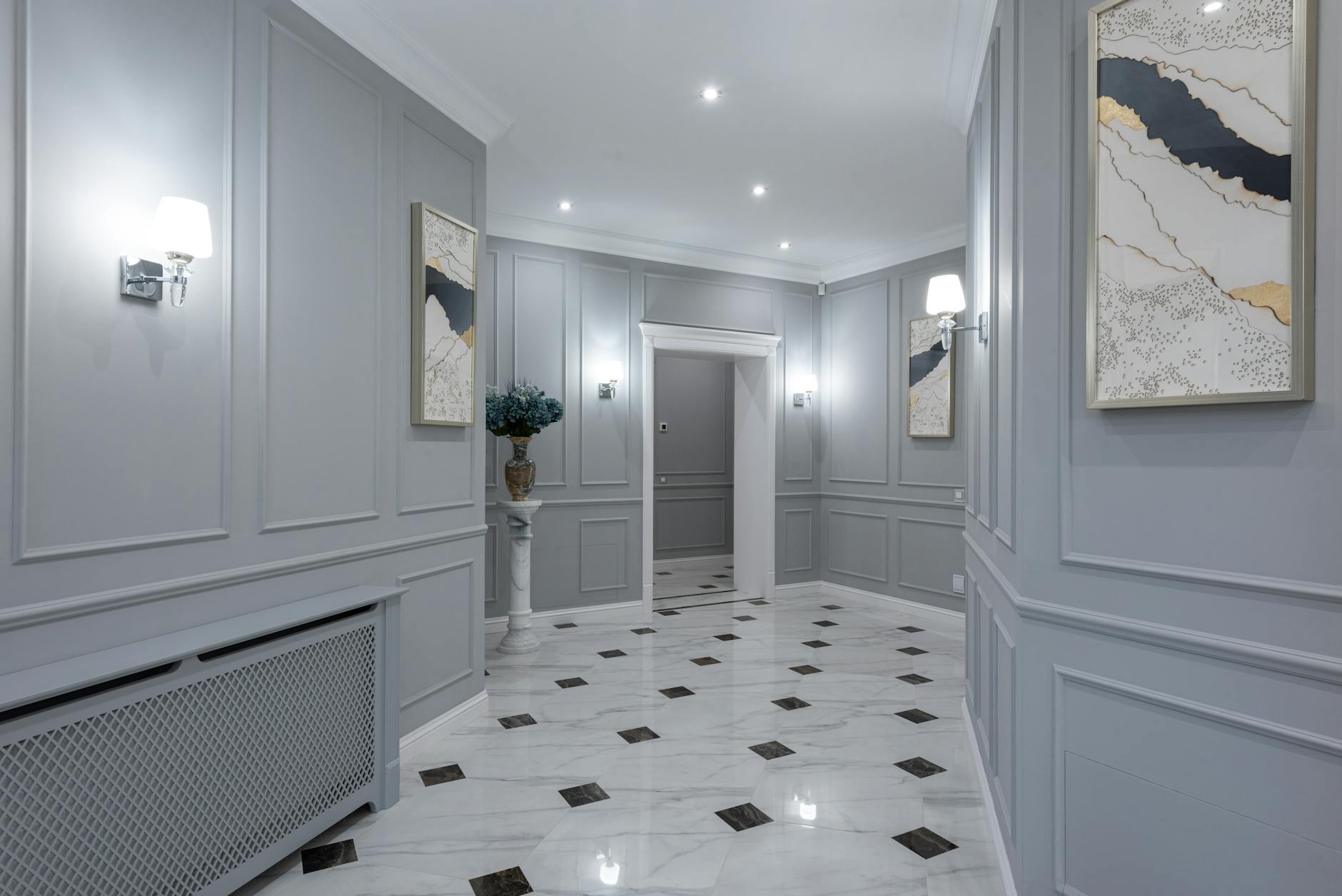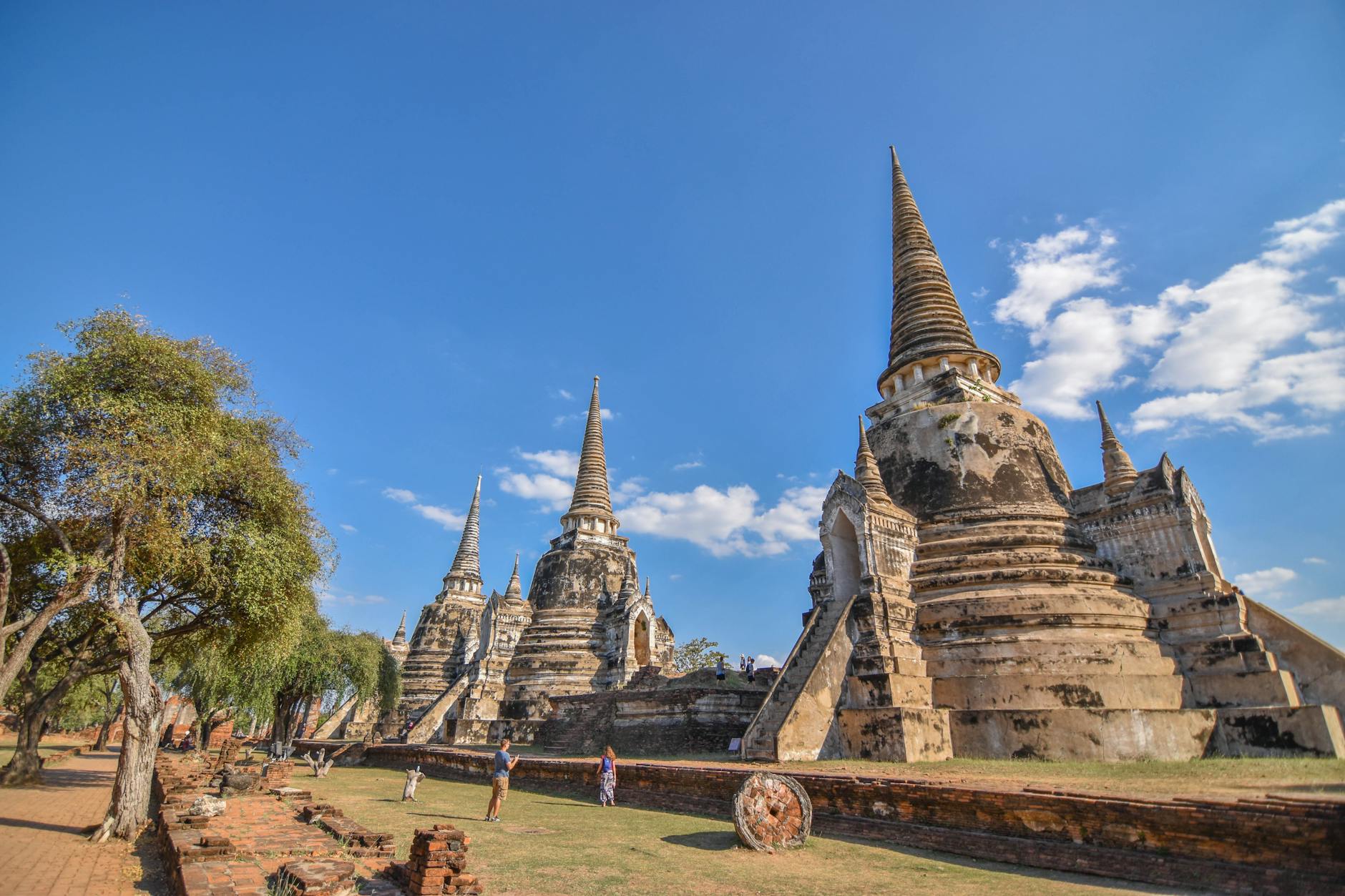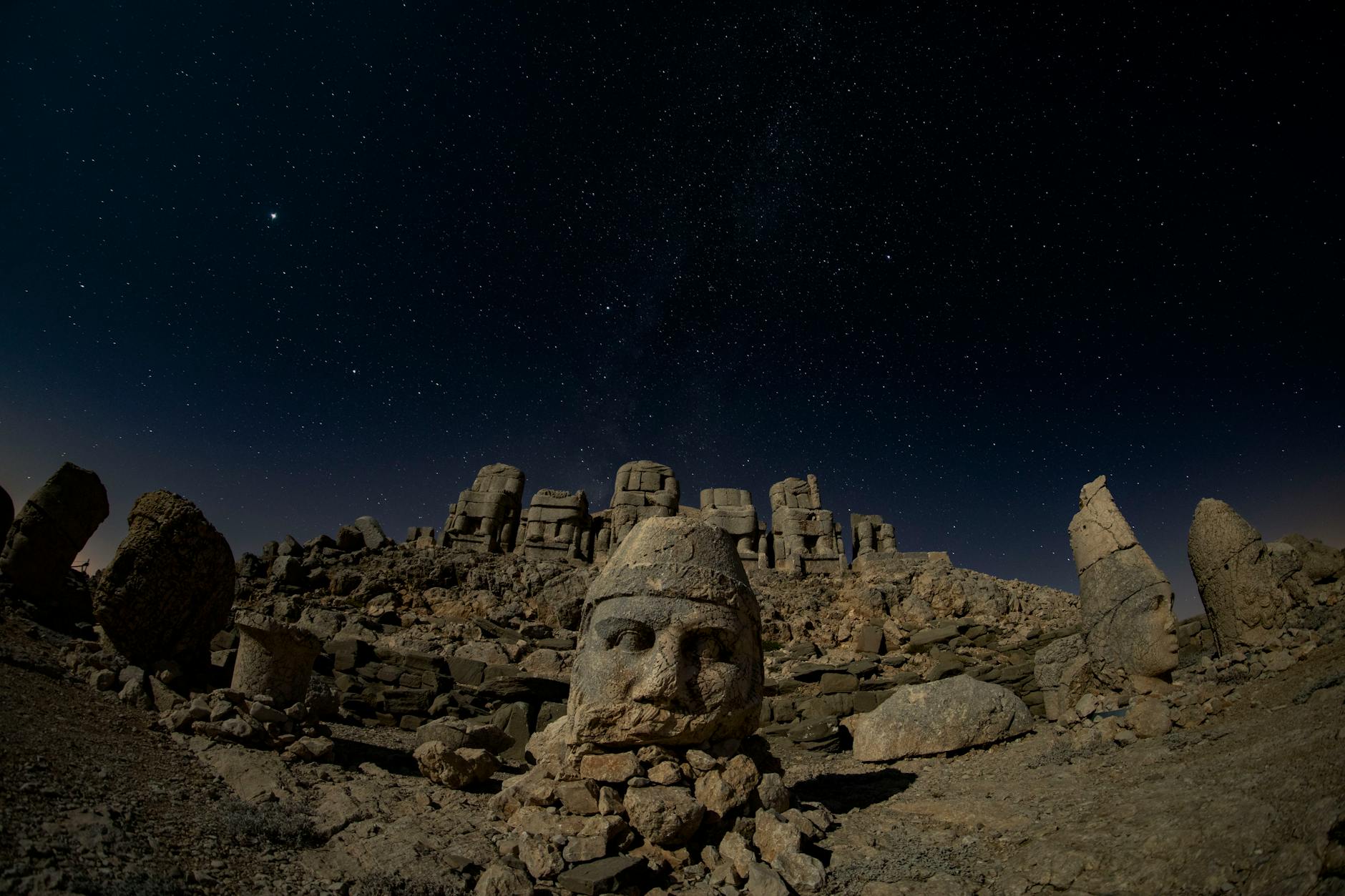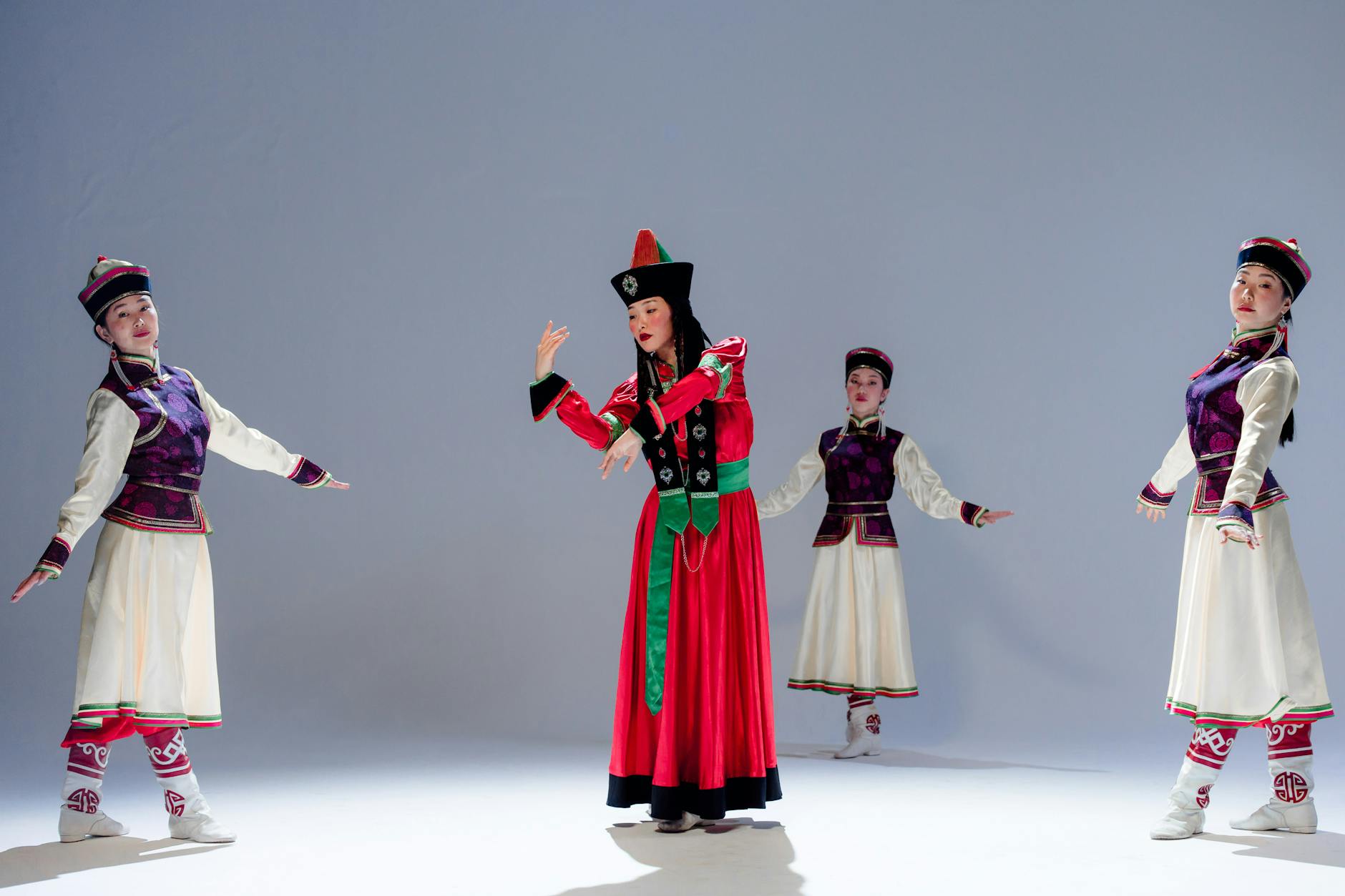Psychedelic art, a genre characterized by vibrant, hallucinatory visuals, became a global phenomenon during the 1960s counterculture movement. This movement served as a platform for renowned psychedelic artists to emerge, creating mesmerizing works which have indelibly influenced popular culture. This article focuses on some of the most famous artists and their pivotal contributions to the world of art.
Arguably the most notable psychedelic artist, Peter Max, emerged from the underground art scene during the 1960s. His work, characterized by the usage of intense color palettes and complex patterns, has been integral in defining the aesthetics of the era. Max quickly garnered fame for his lively, whimsical illustrations that were widely used in numerous art exhibitions across the world. Notably, his illustrations for the iconic posters of the 1969 Woodstock Festival and the ’60s counterculture band, The Beatles, are considered landmarks in the history of album covers. Max’s vibrant contribution to the psychedelic art movement sculpted his legacy in the art world and continues to inspire new generations of artists.
Bridging the gap between traditional art and popular culture, Mati Klarwein, another influential figure, is best known for his visionary art gracing the album covers of artists like Jimi Hendrix and Santana. Klarwein’s artwork, such as the cover for Santana’s ‘Abraxas’ album and Miles Davis’s ‘Bitches Brew’, were emblematic of the era’s exploratory nature. Combining elements from different world cultures, Klarwein’s multi-layered compositions reflected the audacious spirit of the times.
Meanwhile, Rick Griffin, a prominent member of the Californian counterculture, garnered fame in the late ’60s for his distinctive and dynamic comic style. Griffin’s artwork was a regular feature in underground newspapers and magazines of the time, and in poster art for bands like The Grateful Dead. His unique style and intricate designs cemented his position in the psychedelic underground art scene and contributed vastly to his status as a popular cultural icon.
Moving to more contemporary times, Alex Grey’s work distinguishes itself from conventional psychedelic art. Grey’s artwork explores consciousness and spirituality in intricate, anatomical detail that borders on psychedelic and surreal. His widespread recognition stems from the numerous album covers he designed for the progressive rock band, Tool. His visionary art and contributions extend beyond the music industry, with his work showcased in art exhibitions around the world and his co-founded spiritual haven, Chapel of Sacred Mirrors.
Finally, we cannot overlook Victor Moscoso’s contributions. Universally recognized for his innovative use of unique color combinations and graphic design techniques, Moscoso significantly influenced the evolution of psychedelic art. He designed countless posters and album covers for a variety of rock bands and was a leading figure within San Francisco’s burgeoning psychedelic art scene. His body of work truly emphasizes his legacy as a pioneer of psychedelic visuals.
From poster art to album covers, these pioneering artists symbolize a time of defiance, discovery, and the breaking down of conventional barriers. Through their innovative styles and enduring works, they ensured the scope of psychedelic art moved far beyond just a visual representation of a trip and evolved into a genre of art that still reverberates through today’s popular culture. Therein lays the testament to their immense contributions and the profound influence these visionary personalities have on today’s world, decades after the heydays of the counterculture movement.








